Types of Trains and it's usage
Types of Trains and it's usage
Trains represent more than just a mode of transportation; they symbolize progress, unity, and the relentless spirit of innovation. From the steam engines of the 19th century to the sleek, high-speed trains of today, this mode of travel has evolved, revolutionizing the way we traverse landscapes and bringing about a new era of connectivity.
As we embark on this journey, let's not only appreciate the efficiency and speed of the train but also reflect on the historical significance it carries. The clatter of wheels on rails, the whistle echoing through valleys – these sounds transport us not just physically but also through time, connecting us with the rich tapestry of human history.
Types of Trains
Passenger Trains
Passenger trains can be fast and are often really long so that they can carry more passengers. They may have a self-powered unit or a combination of locomotives. These trains travel between depots or stations, where passengers can disembark or board. They usually have a fixed schedule, which is why they often have superior track occupancy rights over other trains like freight. There are three main types of passenger trains: long-distance, short-distance, and trains within cities.
Long-Distance Trains
Long-distance trains are built for travels between different cities or a region of a country. They even cross through several countries at times. They usually have a restaurant or dining car so that passengers can have a pleasant meal during the course of their journey. Trains that travel overnight also have sleeping cars so that passengers can rest during the travel. Distances over 500 miles are usually reserved for air travel, but trains are a cheap and popular way to travel long distances in many countries. There are many different types of long-distance trains around the world.
Bullet Trains
Like the name suggests they are super fast trains that operate in parts of India. They offer spearhead services in major commercial cities in India like Mumbai – Ahmadabad & Bangalore – Mysore. This is to add the connectivity between cities and various parts of India.
Commuter Trains
Commuter trains connect suburban areas with the central city and primarily serve riders to and from work. Basically, commuter trains run on weekdays, during rush hours, and only in peak directions. A good example is Altamont Commuter Express, which runs from Stockton to San Jose during weekdays and from San Jose to Stockton during weekday afternoons. However, commuter rail systems like Caltrain and Metrolink can run trains all day in both directions.
Regional Trains
Regional railways link stations in neighboring cities. These trains make more stops over a shorter distance than inter-city trains but travel longer distances than commuter trains. They serve more than just urban areas, as they frequently connect cities to rural sections of the country.
Luxury Trains
These are sophisticated train travel meant for expensive holiday tours. They have a special travel circuit and touch on heritage spots and interesting tourist destinations. Some of them include the Maharajas Express, Palace on Wheels, Deccan Odyssey, Golden Chariot, etc. They provide the best ambience that resembles the kings of olden times. Even the interiors are sculpted alike palaces. The menu includes palace like delicacies. These Indian Luxury Trains make the dream true about Live like a King.
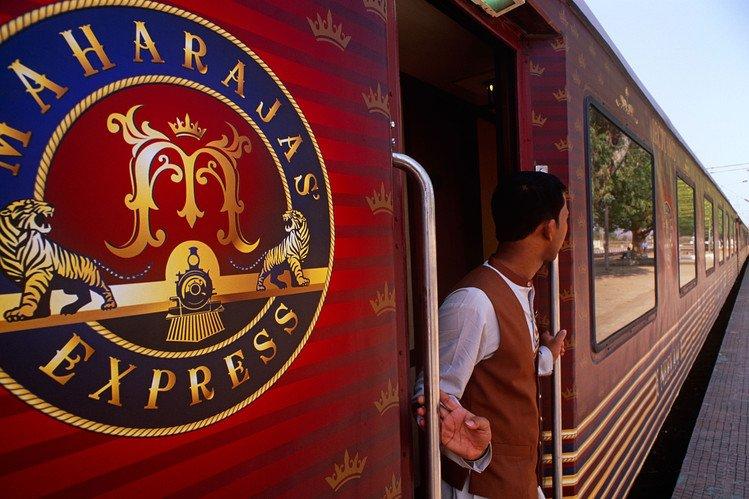
Freight Train
Since freight trains deliver materials or cargo, they are also known as goods trains. They aren’t meant to transport people at all.
These trains transport the majority of the world’s freight and are critical to the industry.
In many countries, including the United States, the railway system is primarily utilized to convey goods rather than passengers.
Under the right circumstances, freight transportation by train can be very cost-effective. They are also a more energy-efficient mode of transportation than driving.
They can transport a lot of weight over long distances faster than trucks, but they aren’t designed for short-distance transit.
Inter-city trains
Inter-city trains generally mean trains traveling long distances connecting metropolitan areas. Although the distances covered by some of these trains are comparable to airlines, inter-city trains generally operate at highway speed. Long distance inter-city trains may provide amenities not found on most other forms of transportation, including sleeper-cars and cafe/dining cars.
Amtrak is the operator of inter-city trains in the United States. Although Amtrak is much slower than airlines, inter-city trains serve small cities between metropolitan areas aren’t served by airlines.
Historically, inter-city passenger trains are operated by railroad companies that also haul freight trains. After World War II, ridership on passenger trains steadily declined with competition from automobiles and airlines. At that time, many railroads wanted to abandon passenger train service to cut operating losses. In 1971, Amtrak was established by Congress to nationalize inter-city passenger rail business. Outside the Northeast Corridor (Boston and DC), Amtrak uses tracks owned by various freight railroads.
The Fell mountain railway system
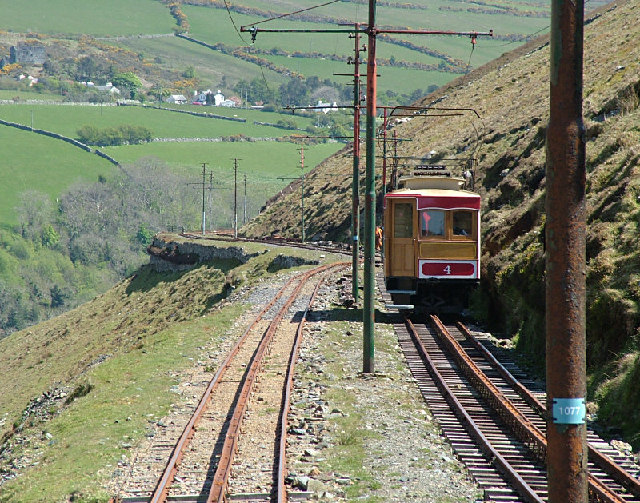
The Fell mountain railway system was the first third-rail system to be introduced.
It was for railways that were too steep to use just two running rails – a third, raised centre rail in between the two running rails provides extra traction and ease of braking.
Trains are fitted with extra brake shoes, meaning it is only specific trains which can be used on the Fell system.
This system was designed and developed in the 1860s by British engineer John Barraclough Fell.
Light Rail
Modern tram systems are often referred to as light rails. Still, they usually have their own independent routes, similar to heavy-line railways.
They’re a cross between a tram and a train. Light rails, unlike subway trains, may have level crossings that are often secured by crossing gates.
Abandoned heavy rails are frequently utilized as new light rails to connect underdeveloped sites and disadvantaged communities to larger cities.
Trains, with their historical significance and modern efficiency, embody the spirit of progress that has propelled societies forward. They have played a pivotal role in shaping the way we connect, trade, and explore our world. The echoes of their whistles linger in our memories, a testament to the enduring romance of rail travel.
So, as we step onto the platform, our journey concludes with a sense of fulfillment, a trove of memories, and perhaps a yearning for the next adventure. The train, with its unwavering tracks and boundless horizons, remains an emblem of exploration and a reminder that the journey is as significant as the destination it leads us to.

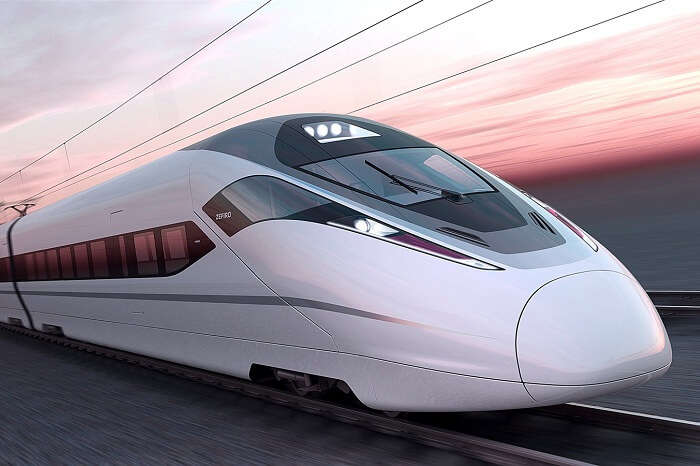
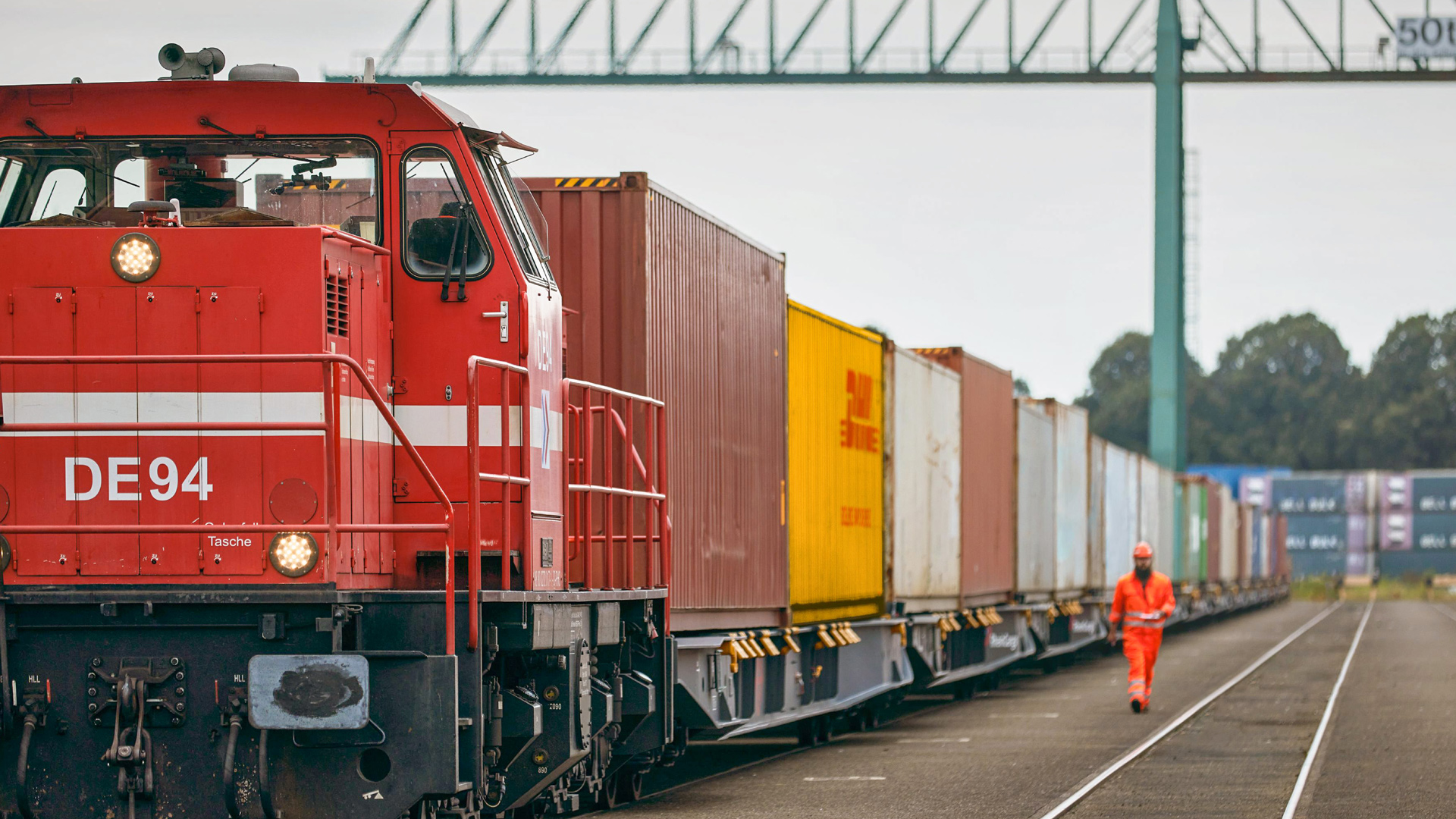
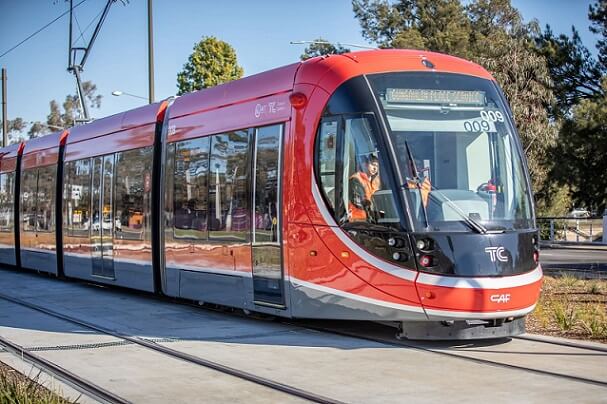





Post a Comment
0 Comments